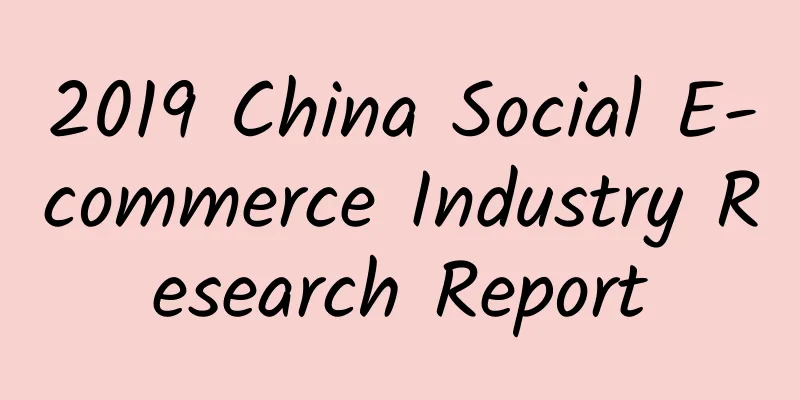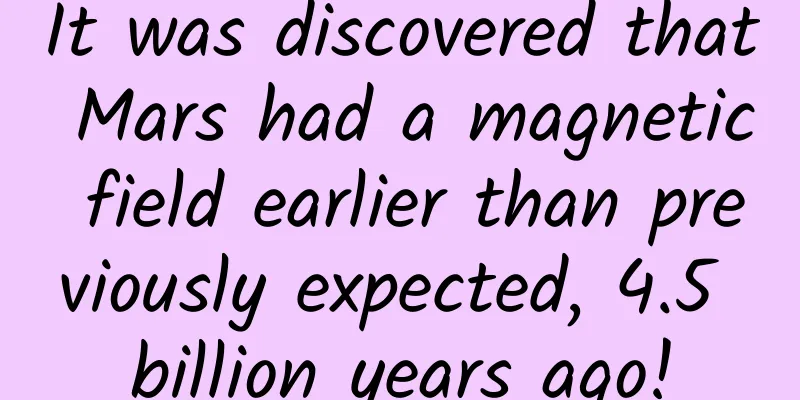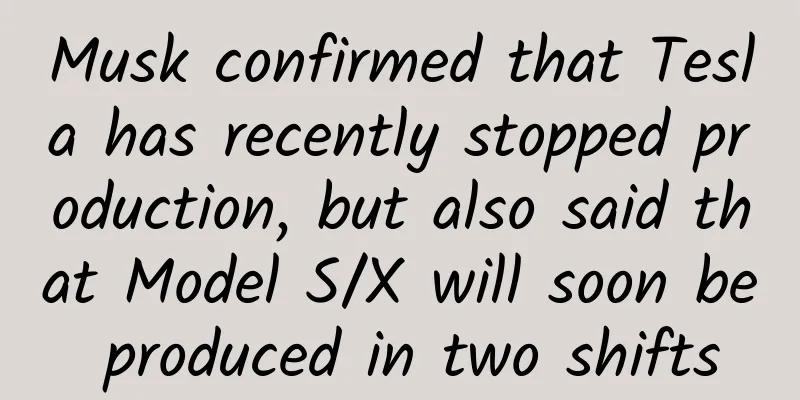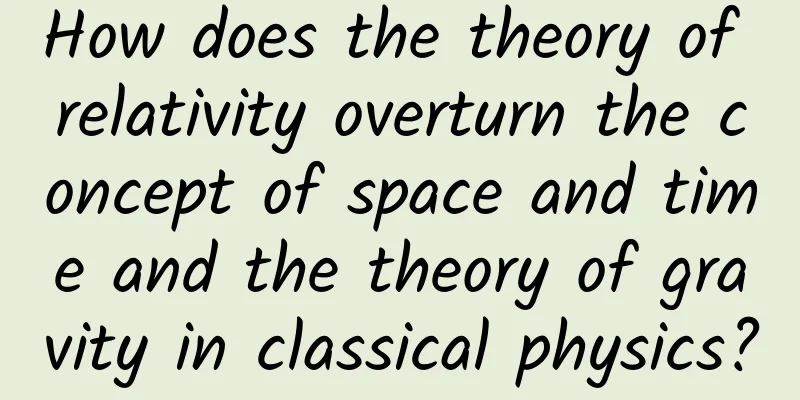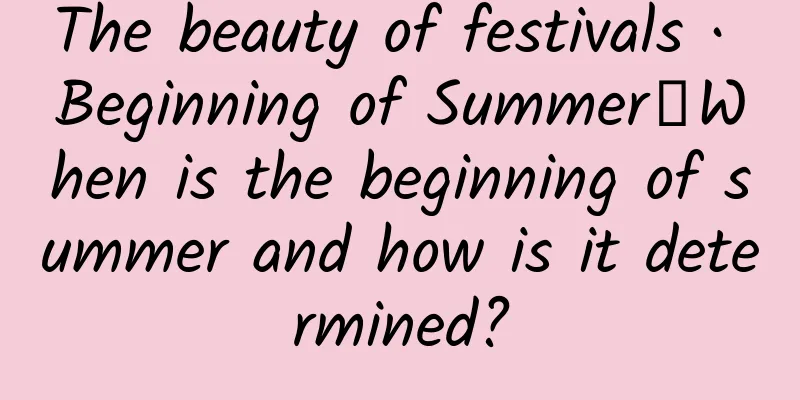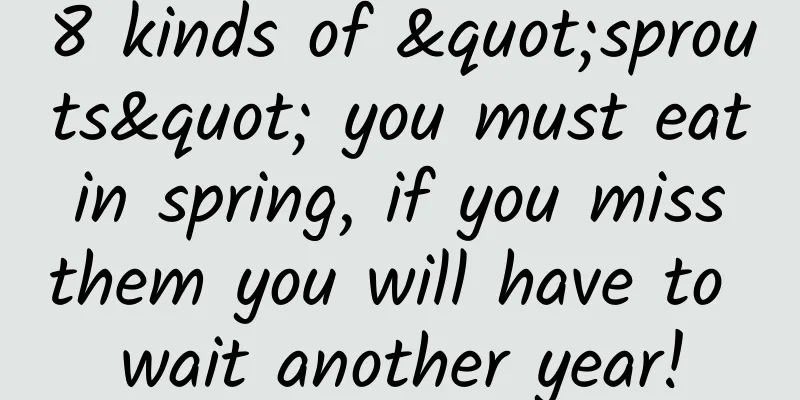The most powerful growth method for user retention

|
What is a behavioral model? In fact, it is a habit formed after repeating a behavior many times, or it can be said to be the user's usage habit for the product. Behavioral models can effectively help retain users and are an operational tool that operators must know. 1. User habitsWhat are usage habits? When we open our phones, the first thing we do is check WeChat to see if there are any new messages; when we eat, we pick up our chopsticks first. These are actions we do subconsciously, without having to think about them at all. Before we cultivate user usage habits, we first need to talk about why we should cultivate user usage habits? 1.1 Why should we cultivate users’ usage habits?During the user retention stage of the entire product, we need to continuously improve user retention and ensure user activity through various means and strategies. Then cultivating user usage habits is the most important and powerful retention mechanism. Its purpose is to allow users to repeatedly use the core functions of the product at a reasonable frequency and gradually make it a part of the user's lifestyle habits . If a product allows new users to complete only one key behavior experience, it will not form user habits and will not be enough to bring about long-term user retention. Therefore, the product needs to use reasonable means to continuously trigger users to repeatedly complete multiple key behaviors and develop habits, which is more likely to lead to long-term retention. 1.2 Why should we seize the new user retention period and cultivate user habits?Although cultivating user usage habits runs through the entire retention stage (retention of new and old users), the timing of entry should start from the new user retention period. Because in the new user retention stage:
1.3 How to develop user habits?Research has found that the time it takes to develop a habit is related to the complexity of the behavior and its importance to the user. The more frequently a behavior is used, the greater the possibility that it will become a habit. Therefore, the editor will talk about how to develop user habits through growth means through the addiction model and the methodology of building a closed loop of user behavior. 2. User Habit Formation Methodology: Hooked ModelIn "Hooked", Nir Eyal proposed a novel and practical "Hook Model", which is to cultivate users' usage habits through four aspects. Below, the editor will analyze four aspects and use cases to illustrate how to use this model in actual work. 2.1 Trigger: Induce users to take actionWhen will we remember to check WeChat Moments? Most of the time it's probably when you're bored. Boredom, then, is an internal emotional trigger. Then the trigger is to induce users to take action on the product. Triggers are divided into external triggers and internal triggers. External trigger :
Internal trigger : The user’s deep inner needs are met.
The ultimate goal of triggering is to guide users through several cycles through external triggers, and then allow internal triggers to be directly associated with the product. Once users have certain emotions and needs, they will directly think of and use the product. 2.2 Action: The minimum behavior you want users to completeAfter the user is triggered, an action will be taken in the product, so the next step is to increase the probability of the user completing the preset action of the product. The lower the cost of the behavior required of the user and the simpler the decomposition of the behavior, the higher the probability will be. Here we can use the Fogg behavior model to analyze how to reduce behavioral costs.
Therefore, there are three key factors to promote user behavior, namely: (1) Motivation M: In the behavioral model established by Fogg, the core motivations of users are classified into three categories:
(2) Capability A: The lower the complexity of completing an action, the lower the user’s decision-making cost, and the easier it is to convert it into action. As for how to reduce the difficulty of user operation, we analyze the six factors that affect task difficulty:
(3) Trigger: When the user has both motivation and ability, the trigger is the incentive that prompts the user to take immediate action. The key to reducing the user's action cost:
2.3 Rewards: Feedback on User Actions
Research in recent years has shown that it was not the pleasure itself that caused the brain fluctuations in Olds and Milner's experiments. Brian Knudson, a professor at Stanford University, discovered through research that what drives us to take action is not the reward itself , but the urgent need that arises when we desire the reward . There are three main types of rewards:
Why variable rewards instead of fixed rewards? Psychological research shows that if users can predict what will happen next, they will not feel overjoyed. When the causal relationship that users are accustomed to is broken, users' consciousness will be revived again. New and special things stimulate users' interest and attract their attention, making users continue to use the product. 2.4 Investment: Increase the cost of users leaving the productMost users are often not rational when making decisions. The reason why users change or abandon products is often not because of how much vested interests the product subsidies have given to users, but how much cost the users have already invested in the product. The more the user invests in a product, the more dependent he or she becomes on the product, and the more likely he or she is to leave the product. This phenomenon can be explained by a psychological theory, namely: prospect theory.
By conclusion, when facing losses, users are more likely to take risks and set the cost of their previous investment as a new reference point. Based on this, the product needs to continuously increase the cost of user investment so that users cannot leave the product. The four most common types of investment are:
2.5 Case AnalysisBelow, the editor will briefly share the practice of the hooked model through several product cases. 3. Methods for developing user habits: User behavior closed loop (LOOP)The user behavior closed loop is based on the hooked model, which simplifies the four elements of hooked and applies them to the production design. The premise of building a closed loop of user behavior is to complete internal triggering through user behavioral motivations. For example, TikTok. The motivation for users to use it is that they want to kill time in their spare time. Close the loop based on user behavior.
Cultivating user habits through a closed loop of user behavior is mainly divided into the following four steps: 3.1 Determine the ideal frequencyThe ideal frequency is the frequency of product usage that you hope habitual users can achieve. That is, assuming that users have developed a habit of using the product, what is the ideal frequency? Is it once a day, once a week, twice a week or three times a week. The ideal frequency of a product can be estimated using both qualitative and quantitative methods. Qualitative : Estimate the ideal frequency by qualitatively analyzing what kind of problems the product solves.
For example, Ele.me solves the users’ need to order food outside, so the ideal frequency of ordering takeout may be at least three times a week. Quantitative : Estimate the ideal frequency by quantitatively analyzing the frequency of long-term retained users.
Here, the editor’s previous article mentioned the natural usage frequency of the product. Generally speaking, the ideal usage frequency is higher than the natural usage frequency of most users. For example, most users of Ele.me use it three times a week, while the ideal frequency is six times a week. 3.2 Finding habitual usersAfter determining the ideal frequency of the product, the next step is to find a user group among the product's users who have already developed good habits and work hard to increase the size of this user group. The two core conditions for determining whether a user is a habitual user are:
Why must you be an old user? Because in most cases, the usage frequency of users in the new user stage is often higher than the average usage frequency of users in all stages. And the behavioral data in the new user stage is not stable. Unable to provide strong data reference. Therefore, users whose usage frequency remains at an ideal level after at least the new user retention period should be selected as habitual users. 3.3 Analysis of Habitual User BehaviorAfter finding habitual users, you need to analyze the similar behaviors of these users and identify the behaviors and paths that are most likely to develop habits. How do you find out the common “behaviors” and “paths” of habitual users? You can think about it from the following perspectives:
3.4 Design Behavior Closed LoopBased on the common behaviors of habitual users, we can sort out the paths that users take to complete these actions and find all the key nodes on the paths. Check whether the corresponding behavior loop needs to be optimized or a new behavior loop needs to be designed. Through the behavioral closed loop, users are repeatedly stimulated, allowing them to continue to experience the path and eventually form habits. That’s all for this week’s sharing. I wish you all a happy holiday. Related reading: 1. The universal formula for product user retention! 2. 5 ways to improve user retention 3. 4-step method to improve user retention! 4. Strategies to improve user retention 5. Discussing activity operations from the perspective of user retention and activity Author: Yang Sanji Source: Yang Sanji |
<<: Top 10 Advertising Copywriters of 2018!
>>: WeChat VS TikTok: Analysis report on 4 major categories
Recommend
How to plan an event? Four ways to plan an event!
Last week, a friend asked me why I didn’t share s...
Worse than staying up late! How harmful is “fragmented sleep”?
Review expert: Wang Xuejiang, professor at Capita...
WeChat Reading VS NetEase Woniu Reading: Mobile Reading App Competitive Analysis Report
Due to the fast pace of modern life, people's...
Quantitative Science Lecture Hall Jincheng Li Yamin Quantitative Science Capture Dragon Ambush Dragon Head 32nd Video + Closing Review
: : : : : : : : : : : : : : : : : : : : : : : : : ...
If the universe is a "dark forest", why do we go to so much trouble to look for aliens?
Text|Li Yuebai and Jiang Xiaoyuan Recently, news ...
Android interview, how to interact with Service
There are five interaction modes: interaction thr...
Cars.com: Tesla Model Y tops 2022 American Made Index
The American automotive website Cars.com recently...
Welcome the God of Wealth on the 5th day of the New Year|The Gods of Wealth from ancient times to the present, all explained to you in one breath →
It is the day to welcome the God of Wealth on the...
How long will humans continue to be tortured by these bad habits that cannot be changed even by “sex change” or injections?
Spring is here, and it’s here again… the season w...
Can WeChat Mini Programs be distributed? What are the distribution rules for WeChat Mini Programs?
Since Zhang Xiaolong launched WeChat Mini Program...
Android Data Binding User Guide
1. Introduction This article introduces how to us...
What gift should I give on Valentine’s Day in 2020? When is Chinese Valentine's Day in 2020?
The beginning of autumn passed quickly, and it is...
A structure that a child can make has puzzled the mathematical community for 50 years
Not long ago, the famous mathematician Richard Ev...
Huaqing Embedded Development System Course_2021
: : : : : : : : : : : : : : : : : : : : : : : : : ...
